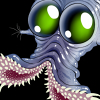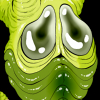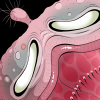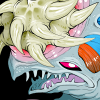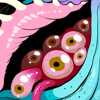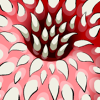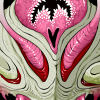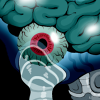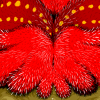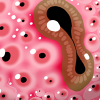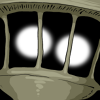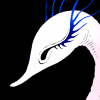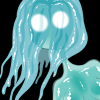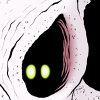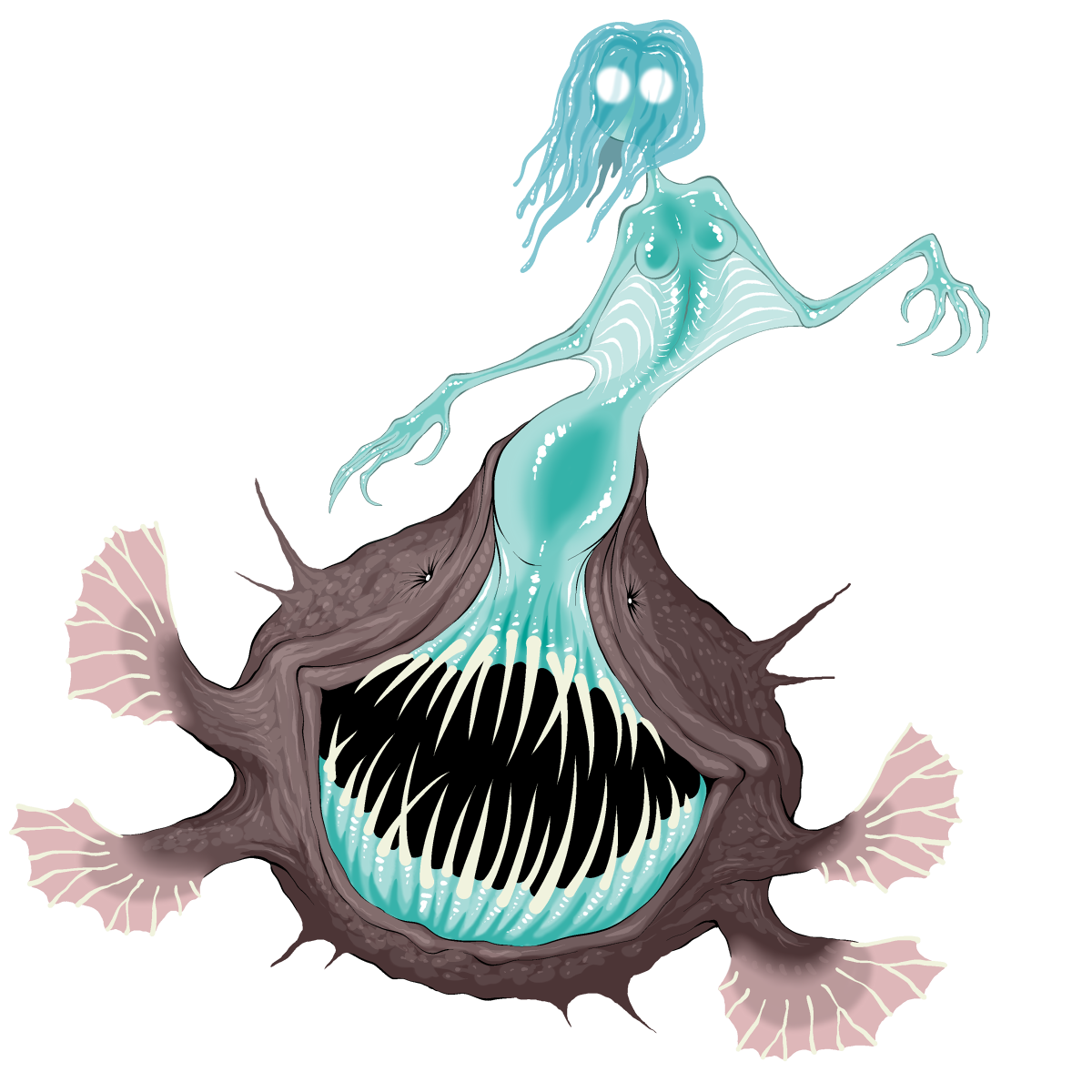BONUS MONSTER 13:
Mournful Bloodsiren
ABYSSMAL
CLASS: VAMPIRE
Free, additional supplementary monsters for the Mortasheen Tabletop RPG Core Rulebook, created by Jonathan Wojcik, additional writing and all gameplay stats by Bonnie Saucier. For use with the gameplay system by Morgan Mullins!
"The sea nymph offered us food, shelter, and safety, but when it revealed itself to us as the horrible sea-devil it was, we fled in disgust. In the distance I still hear the fiend's song. It sounds... mournful."
-Dictionairre Vampirida, author unknown
Description:
This monster's lower body resembles a dark, bloated anglerfish with many long, thin teeth. Sprouting from the pale blue inner flesh of its maw is its upper body, a translucent mermaid-like shape with long, thin arms and a rounded, humanoid head. The upper face is mostly covered by gelatinous tentacle-like "hair," but two bright white, circular glowing eyes shine through the jellylike tissue.
BIOLOGY:
The Abyssmal is much more intimately adapted to hunt humanoid prey than the majority of Vampires, having hyper-assimilated retrohuman DNA in an evolutionary effort to better understand its food source at the psychological level. During embryonic development, it even begins splitting into two distinct brains - one more monstrous, one more retrohuman - which diverge wildly in mentality before converging again in its final juvenile stages.
The monster's anthromimetic upper body constitutes most of its final composite brain, emitting a sophisticated psychowave broadcast that can augment how other lifeforms perceive their reality and control their emotional response to stimuli. Exposed subjects interpret the melodious singing of the piscoid lower body as the vocalizations of a personally desirable hominoid, with most monstrous subjects believing they will find exceptionally delicious human prey if they follow the source, while retro and metahumanoid subjects "fall in love" immediately, or in some cases, hear the voice of long lost family.
By the time a victim makes visual contact with the lure, its mind has already been prepped to see precisely what they hoped, and the surprisingly powerful upper body lashes out on its flexible stalk to drag its meal into the lower body's maw. As a Vampire, it has no means of digesting solid matter, but imprisons prey in its largely hollow interior while it drains blood through a network of feeding tendrils, transmitting its polyDNAvirus to create a new devoted vassal.
BEHAVIOR:
While the Abyssmal's physiological adaptations are devastatingly effective in hunting human or human-derived prey, its mentality is even less stable than most other Vampires. Its two brains regard one another as twin siblings up until the point of merging, after which its unified brain feels a profound sense of loss and a lack of belonging. It feels cynical about friendship, affection or intimacy despite yearning for any form of "real" mutual connection, finding most other creatures either too far beneath its intellectual capacity or too emotionally confusing to be suitable as anything more than food. It will still employ its lure to search for simple companionship at least as often as any drive for nourishment alone, but may yet spring its trap on a potential friend in a sudden bout of social panic.
A wild Abyssmal tends to isolate itself, sending dominated vassals out of sight and releasing its hold if their assistance is not absolutely necessary to its survival. The monster is still more likely than many other Vampires to strike up partnership with metahumans or retros when presented an excuse, but may keep them at arm's length and downplay its loneliness at all costs.
Concept Notes:
Originally just written as "abysmal," this was one of the first vampire types ever made back when the setting was known as "Necromon," and in its first incarnation, the humanoid lure was rationalized as some sort of tiny fairy-like metahuman mutant that had fused with a vampiric anglerfish over many millenia.This kind of strained explanation was eventually dropped when I simply decided that all vampiric monsters incorporated human DNA from their meals into their evolutionary processes, and began designing almost all of them as humanoid or partially humanoid fish. This, too, was phased out over time, and humanoid sea life are now considered Bioconstructs made by vampires as minions. I eventually went back again to a compromise on this, since the new "final" canon as of the book is that the vampire virus shuffles a lot of DNA between the monster and whatever it feeds upon, which is in fact a real thing that viruses do quite a bit - most living things in our world just don't really do anything with "horizontally" transferred genomes. I guess Abysmal or now "Abyssmal's" new lore comes full circle, into a middle ground between these different takes.
I will also mention, the idea of a "siren" as the lure of an anglerfish felt a lot more novel in the early 2000's. It's now become a wildly common image in art and gaming, so this now feels like one of Mortasheen's more derivative ideas, but it's still a popular one.
Every vampire in book one also includes one of the "Dictionairre Vampirida" excerpts of varying length; a relic from a darker pre-Mortasheen era where retrohumans and monsters were far more at odds.
GAMEPLAY BLOCK:
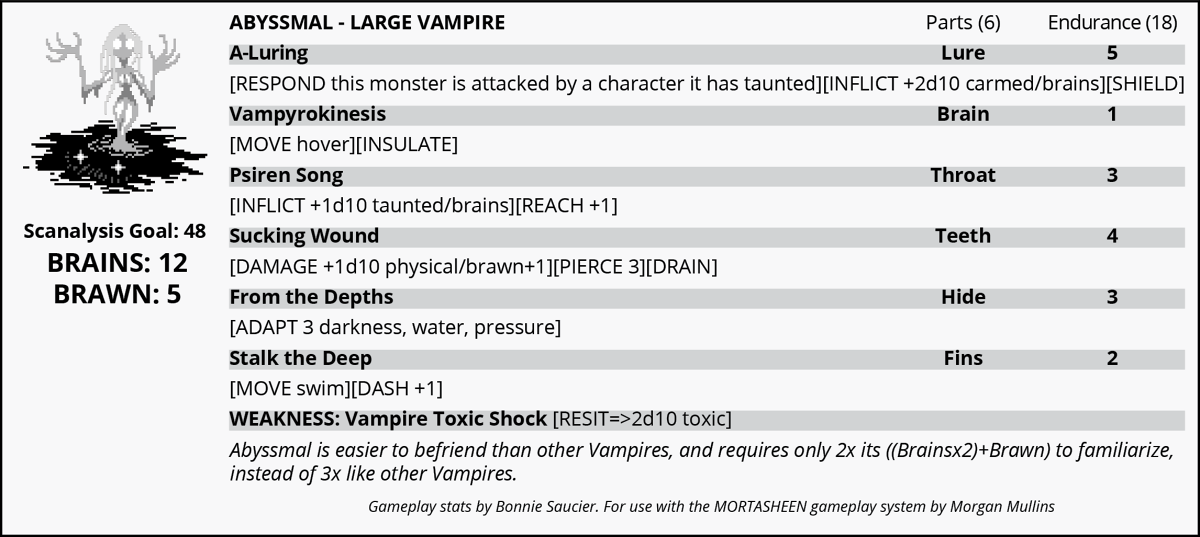
WAYS YOU CAN SUPPORT THIS SITE!
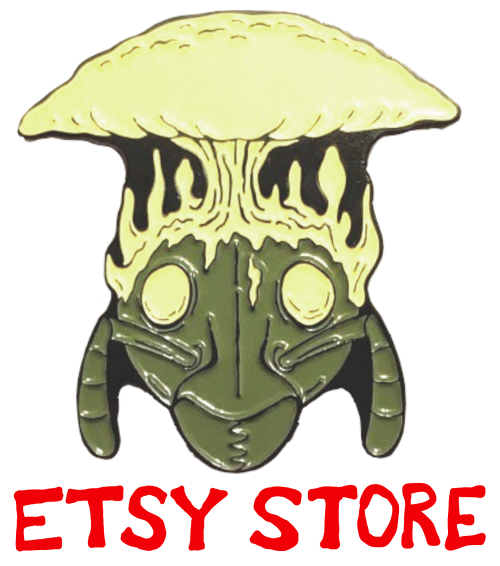
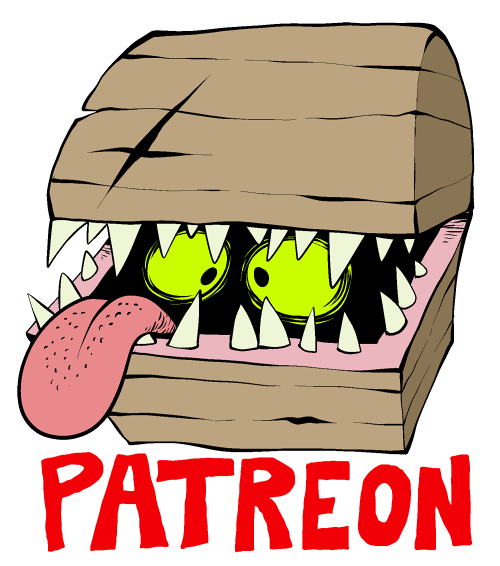
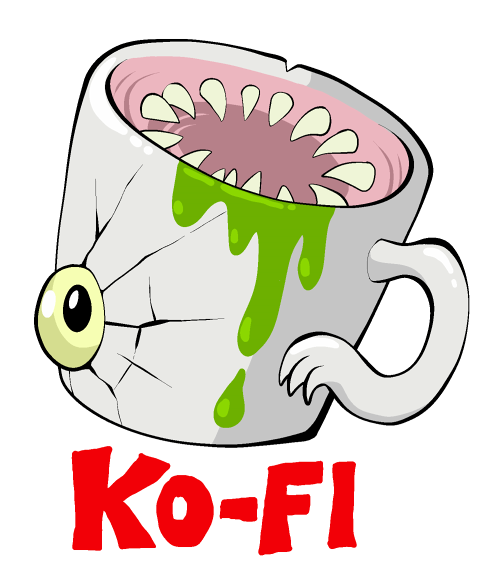
MORE:
